Chevrolet's K5 Blazer Changed the World
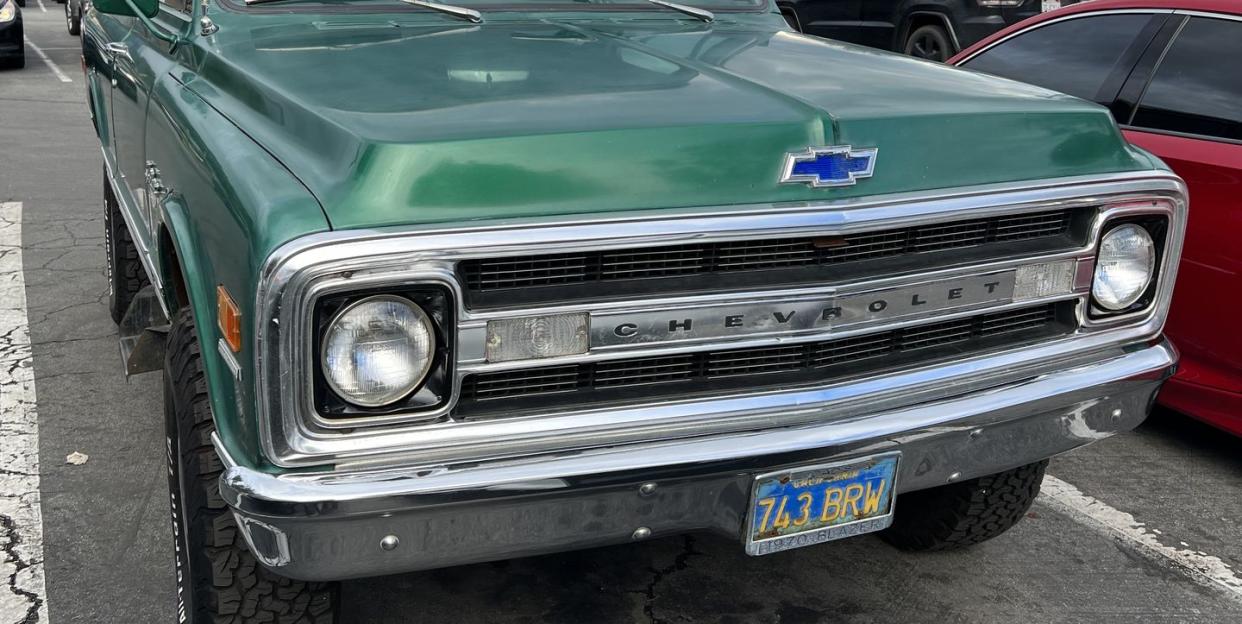
It’s the most obvious hole in GM’s lineup. Ford fills it with Bronco, Stellantis with the Jeep Wrangler, and Toyota with 4Runner. Where is the Chevrolet Blazer? No, not the thing that’s wearing the name now, but the real Blazer. The first one. The K5 that went on sale in April 1969.
That’s the chopped-down pickup with a half-ass, removable plastic shell pretending to be a roof. The one that always seems headed “to the lake” carrying inner tubes, several coolers full of cheap beer, some half-empty tins of Skoal long-cut wintergreen chaw, and a clot of youngsters unacquainted with the concept of risk mitigation. The one always dragging a vapor trail of oddly innocent trouble.
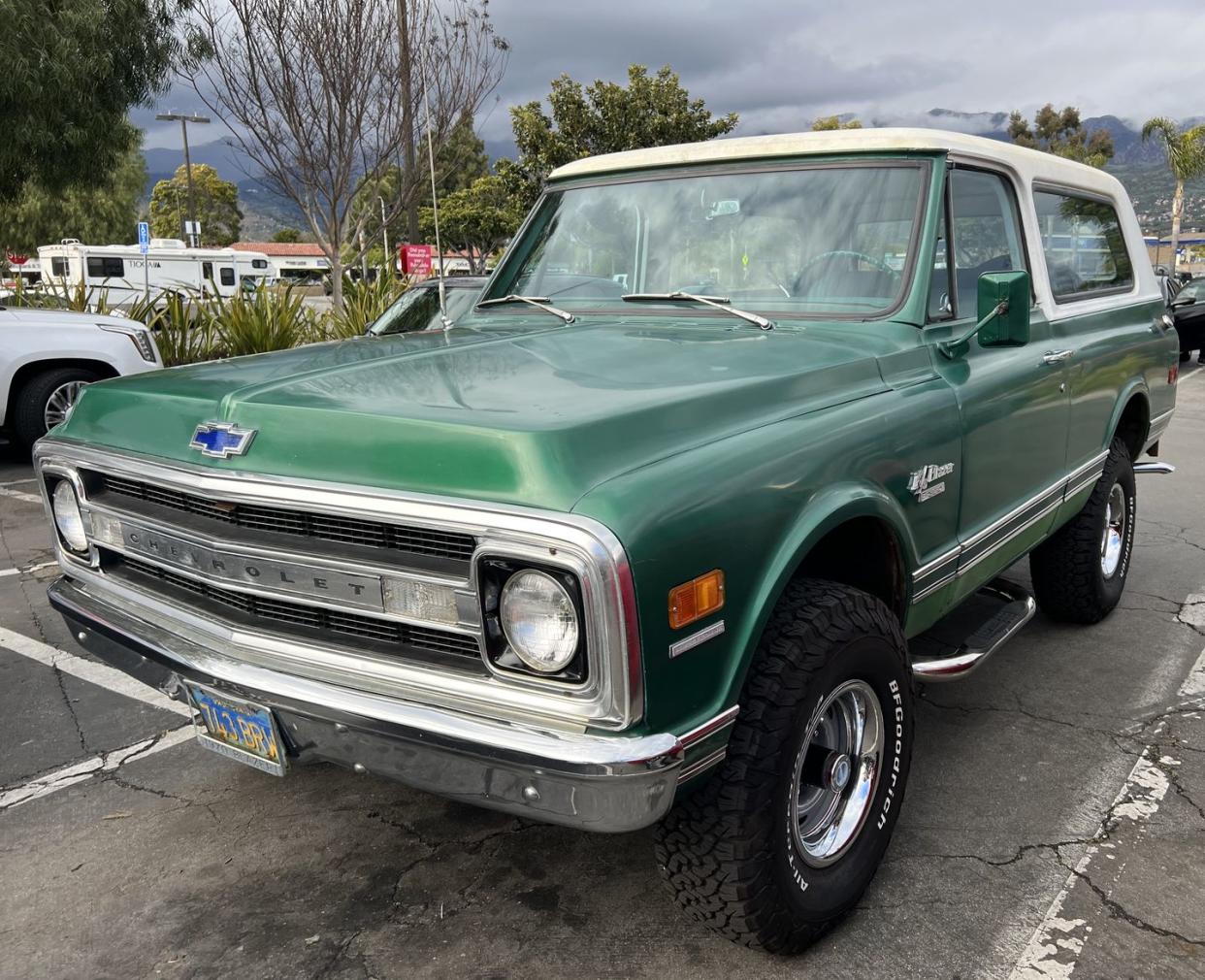
Brock Yates was prescient when writing about his first encounter with the K5 Blazer in Car and Driver’s April 1970 issue. “Think of it as a beginning,” he opened his piece. “Nobody really understands the dimensions of recreational market, and Chevrolet has to be forgiven for not working harder with the Blazer. After all, no one has done much to exploit this area of enthusiasm – which may well overwhelm all other forms of vehicular fancy – and therefore Chevrolet can share no more of the guilt than Ford and Chrysler.” Yeah, Yates called it. A full 54 years ago this month, he saw that the future belonged to Sport Utility Vehicles.
Yates was also correct in pegging that first Blazer as a low-effort thing. It’s a mishmash of existing components – a shortened half-ton truck chassis, familiar six- and eight-cylinder engines, and the trim and styling were swiped from the pickup line. That kept development costs low, but it doesn’t mean that Chevrolet (and its brother division GMC that sold the Blazer as the Jimmy) didn’t know what it was doing.
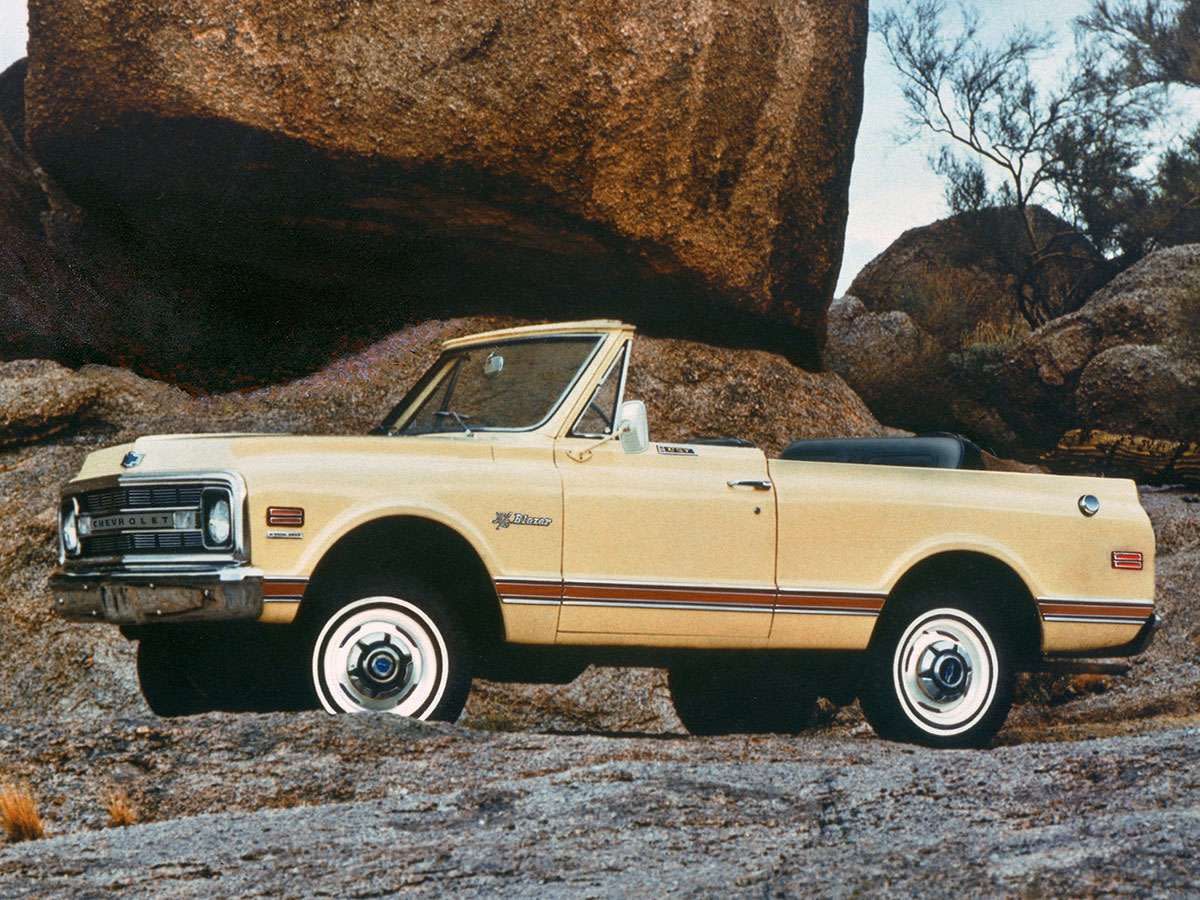
In March 1969, The New York Times ran a small article previewing the K5 Blazer which was to go on sale the next month. “The Blazer,” the story reported, “according to the Chevrolet Motor Division of the General Motors Corporation, has features requested by customers in a survey conducted last year.”
“It was designed, Chevrolet said, as a simple basic open unit with a single seat for the driver. The buyer can tailor the unit to his recreation or business need. The basic Blazer is expected to sell here in the $2,200 to $3,000 range.”
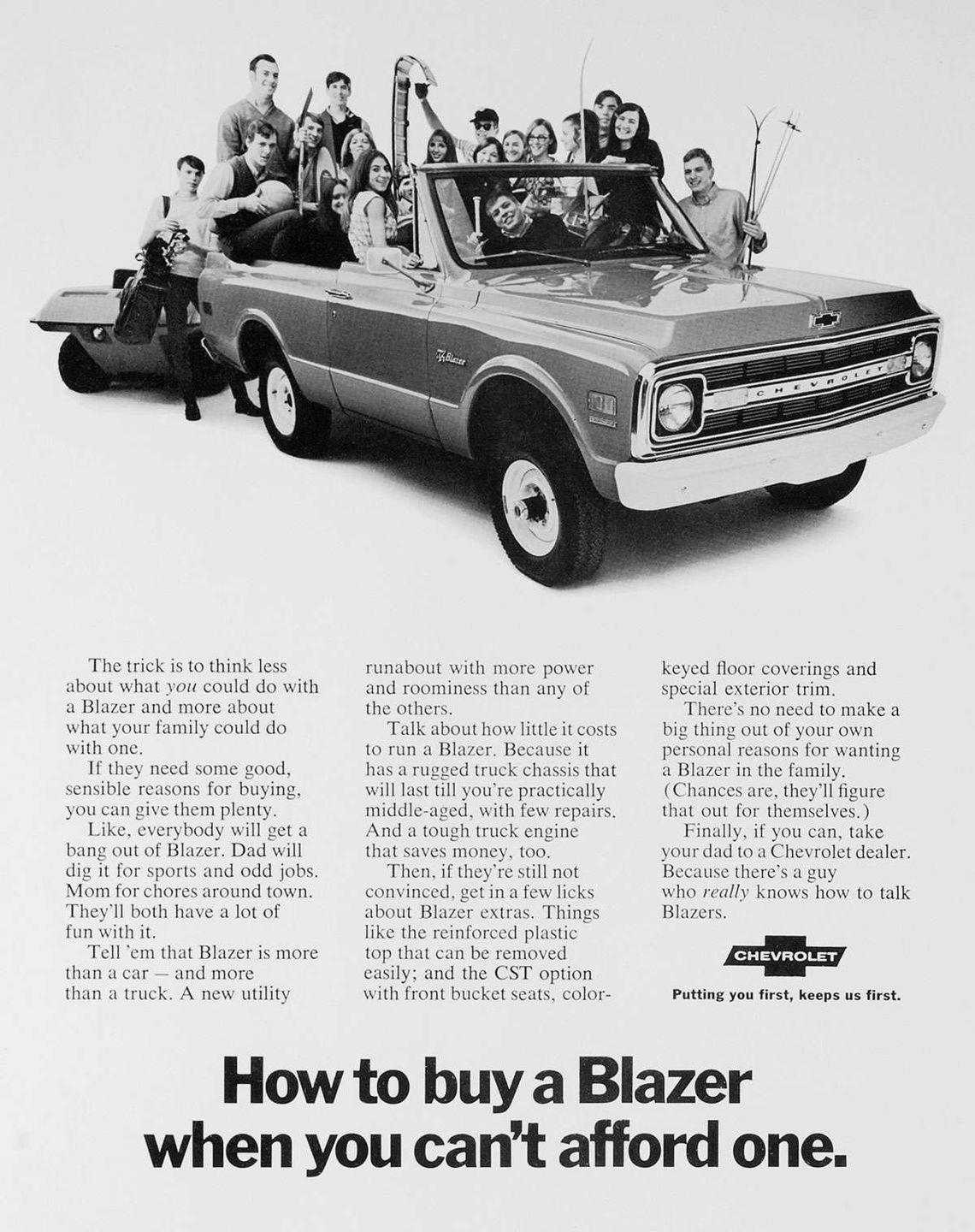
Yes, the front passenger seat was optional. So was the three-passenger rear bench. And the roof, too.
The first Blazer was a short-wheelbase C10 (two-wheel drive) or K10 (four-wheel drive) truck with an optional full-length, removable fiberglass roof. The Blazer’s 104.0-inch wheelbase was 11.0 inches shorter than that of the smallest pickup, but it was wide and tall compared to competitors like the Ford Bronco and International Scout. Also, it was more powerful than the competition; at least if the 350-cubic inch (5.7-liter) version of the Small Block Chevy V8 was ordered. Rated at 255 horsepower and thumping 355-pound feet of torque, the four-barrel carbureted 350 was 50 horsepower up on the 302 V-8 that was the top choice in Ford’s 1969 Bronco.
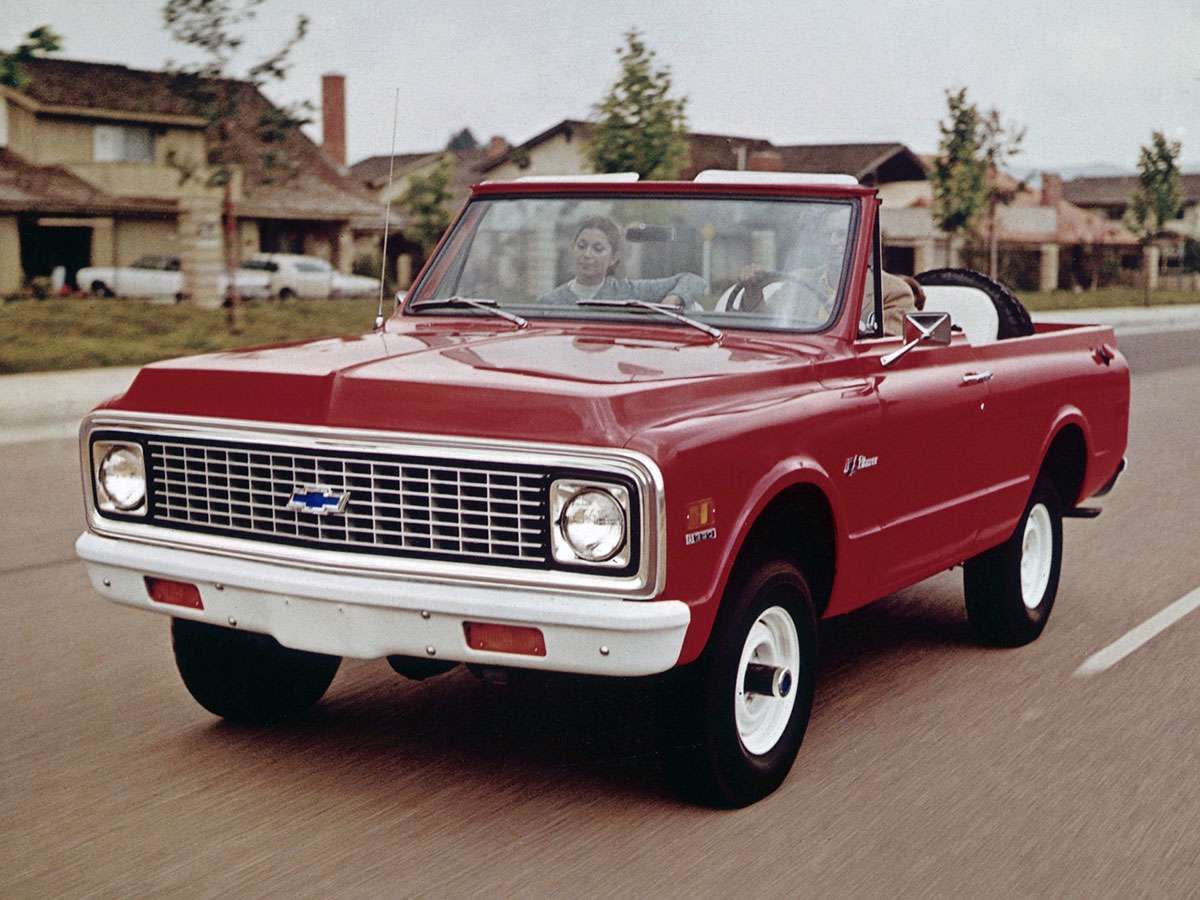
Four-wheel drive Blazers outsold the two-wheel drive versions by about 10 to one. There never was much utility to the Blazer if it weren’t used to explore the world’s muck and boulder trails.
“The Chevrolet Blazer arrived on the scene about one year ago in what seemed like the first undercover sales campaign in history,” wrote Yates in that initial C/D piece. “With a preliminary sales estimate of 15,000 per year, the Blazer was hardly intended as a replacement for the Impala, but a mixture of circumstances caused the vehicle to be introduced in an atmosphere of semi-secrecy. By the time the modest press previews were completed, a few perfunctory press releases has been ground out and a limited schedule of advertising had been run, the new Blazer was about as well known among the American public as the Chrysler Airflow. To make matters worse, the St. Louis assembly plant in which the Blazer was being built plunged into a strike shortly after production began, and within the first four months less than 400 Blazers reached the dealer showrooms.”
Incidentally, the St. Louis Truck Assembly plant was then also where GM built the Corvette.
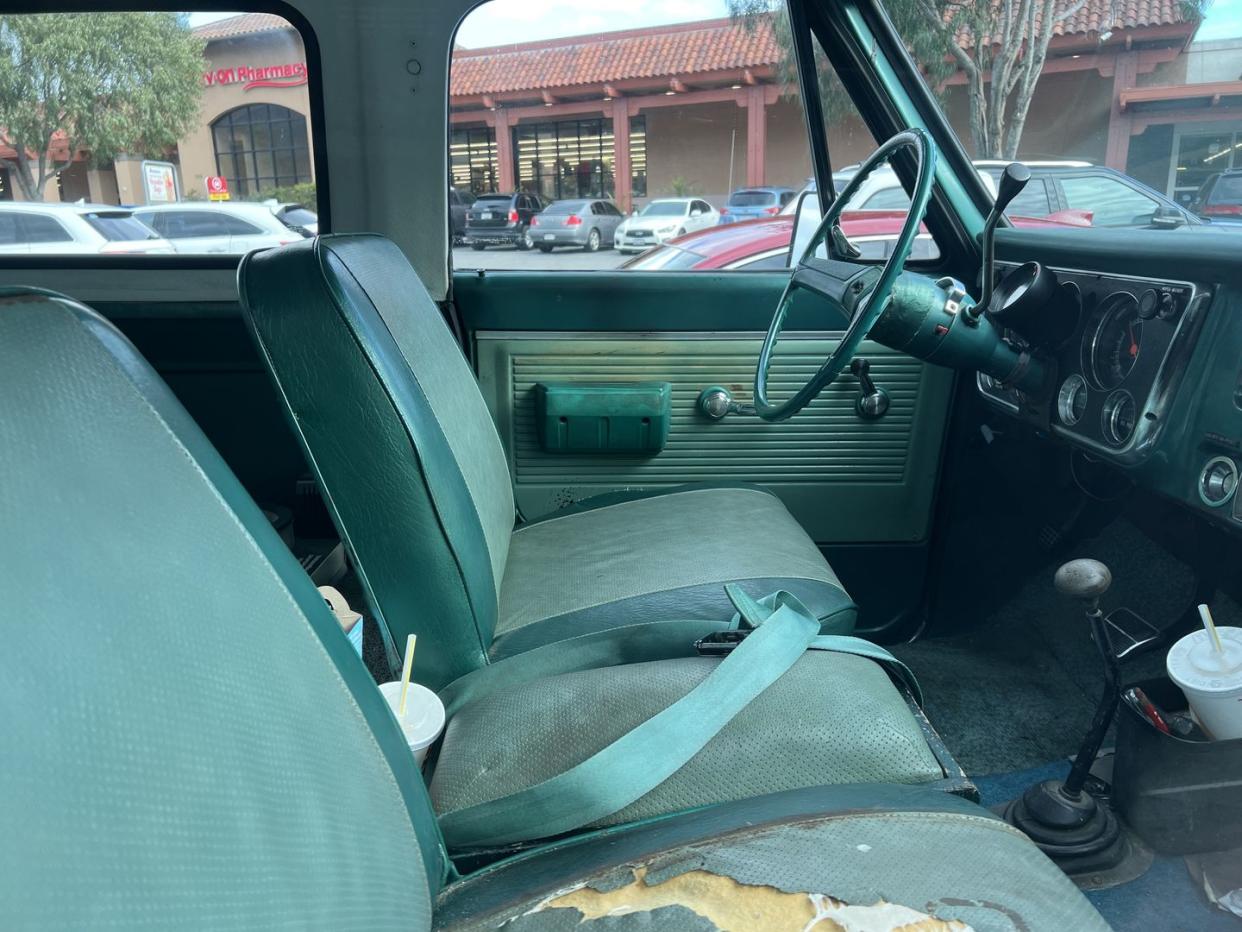
Because the Blazer’s design and engineering were such an obvious compromise, its broad beam meant it wasn’t going to snake along narrow paths like a Jeep CJ. But it also meant that the interior had some shoulder room. And while the 104-inch wheelbase was short for a full-size truck, it was a massive 23 inches longer than that of a CJ-5. The longer wheelbase meant the Blazer rode better than the Jeep – both of which used solid axles supported on leaf springs fore and aft – and there was more room to carry some stuff beyond a few humans. Significant market advantages.
The Blazer introduction’s timing was also fortuitous. It went on sale as Americans were increasingly prosperous, with increasing leisure time, and increasingly identifying themselves by how they spent their free time than with what they did for a living. Recreational vehicle sales were booming along with the rise of Baby Boomers. Ask an American who they were and might result in an answer like hunter, fisherman, skier, or avid camper instead of, say, stockbroker, tavern owner, or farmer. This was a generation that could afford to be self-defined by things other than what was done to survive.
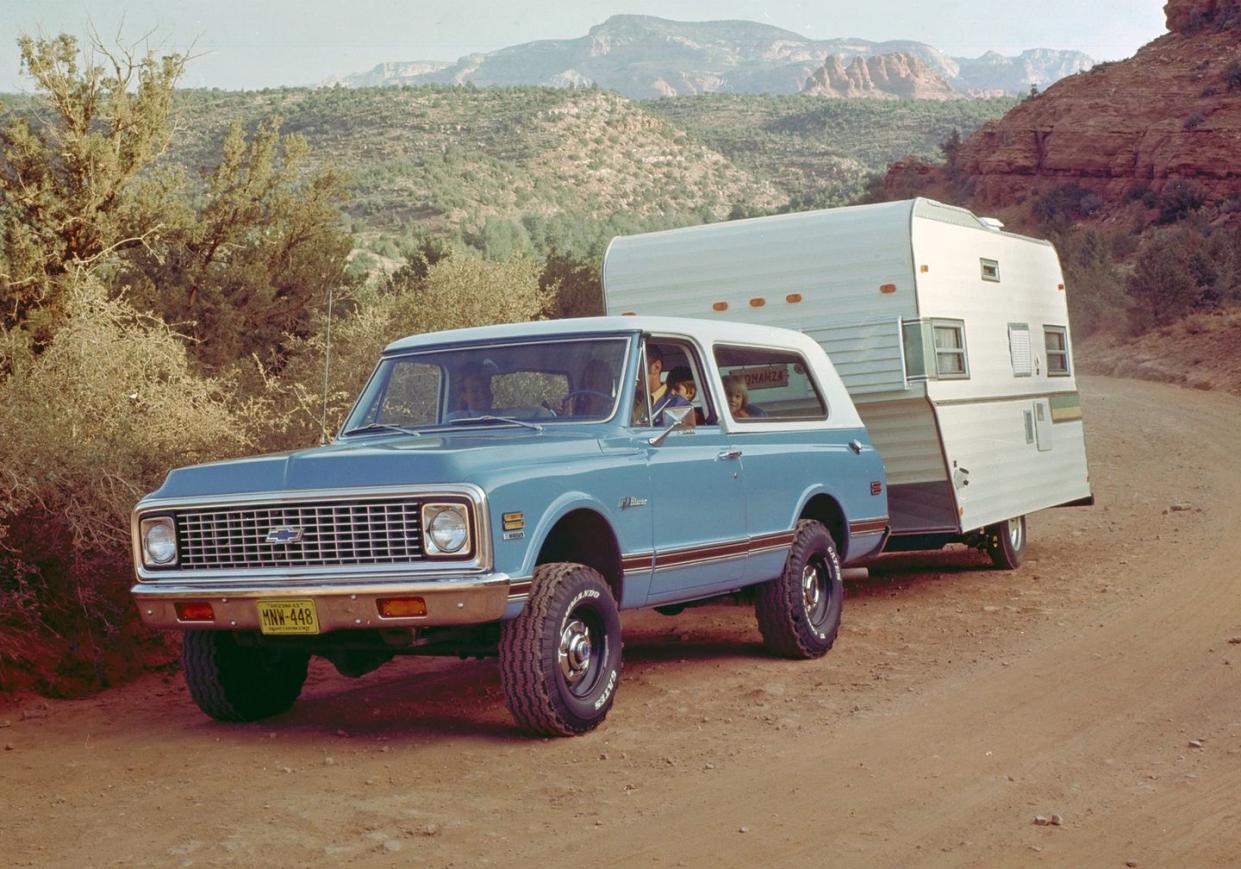
“Last year,” The New York Times also reported in April 1969, “production of recreational vehicles reached almost 400,000 units, an increase of 24 percent over 1967, according to F.M. Radigan, executive director of the Recreational Vehicle Institute, the industry’s trade association. He said that 1969 sales would likely approach half a million units.”
What had been barebones utility vehicles were beginning their transmogrification into civilian-class sport-utes. “The manufacturers have extended to recreational vehicles such passenger car refinements as automatic transmissions, power steering, power brakes, tinted glass, and air conditioning,” the Times report continued. “Truck interiors resemble passenger car compartments with bucket or bench-type seats and carpeting.”
Yates wasn’t convinced that all the comforts were worthwhile. “The CST trim package elicits mixed reactions,” he wrote. “Its complete instrumentation, including a tachometer, console with a giant storage bin and comfortable, vinyl bucket seats are definitely noteworthy. However fillips like exterior chrome trim panels (that tend to get scraped off) and floor carpeting (that refuses to stay clean with hard usage) are dubious benefits in a presumably functional machine.”
Hobbled by the strike, Blazer sales were modest 4935 in the 1969 model year. But by 1970 that sales number popped 11,527 and then 17,220 in ’71 and a whopping 44,266 during 1972. The American off-roading paradigm shifted to civilian fun with the Blazer and the other manufacturers were soon cloning it. Dodge introduced its Blazer-like Ramcharger for 1974 and the Bronco mutated into a full-size truck for 1978.
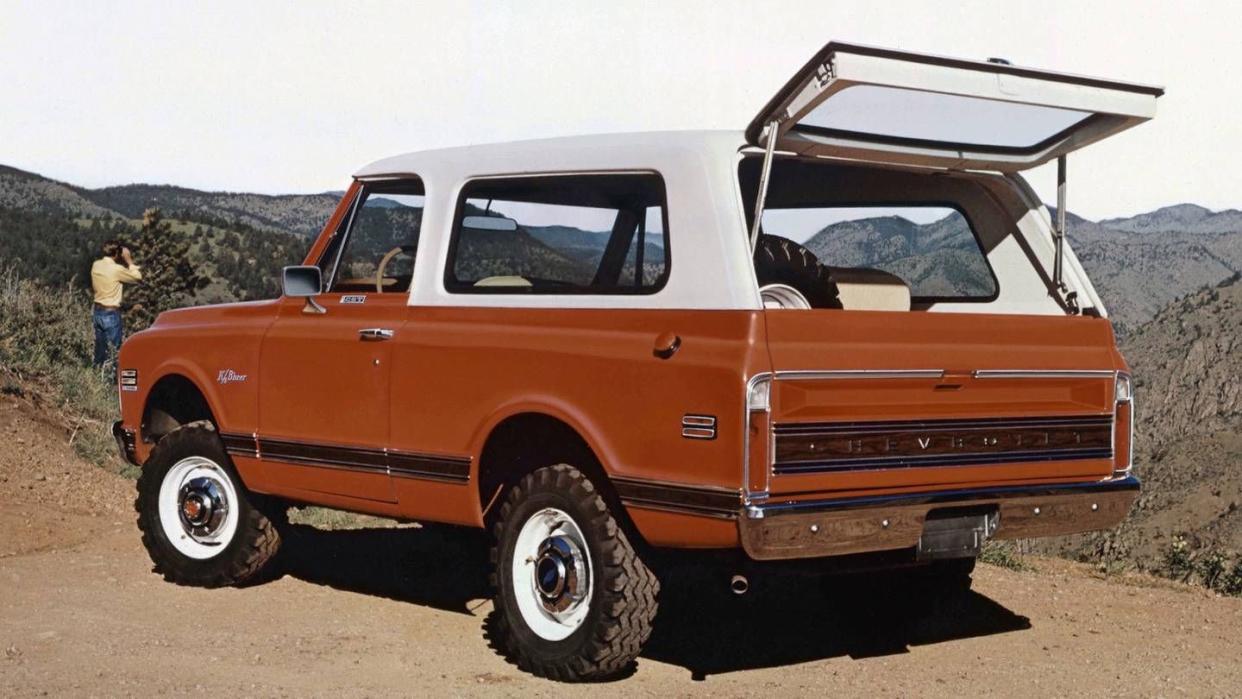
It’s an open question as to what the first true “sport” utility vehicle was, but the case for the Chevrolet Blazer being it is strong. Another strong contender could be the Range Rover which launched about a year later in Great Britain. The consensus here is that it is these two – Blazer and Range Rover – that have been the guiding lights in civilian four-by development for more than a half-century. Want a vehicle to blame for all the SUVs now dominating the world? Here are two solid nominees.
A second-generation Blazer appeared with a new line of GM trucks for 1973, and a third hit the market (finally) for 1992. In 1994 the Blazer was stretched slightly and gifted with an additional set of doors to become the Tahoe. In 1995 the Blazer name died as even the two-door full-size SUV became a Tahoe. And the two-door models were discontinued altogether after the 2000 model year.

Yes, the Blazer name would go on to serve as the smaller S-10 Blazer and now as a (yawn) two-row crossover. And there’s an electrified Blazer EV about to appear. But there’s a gaping opportunity that GM is simply not exploiting. And that’s a revival of something like the old K5. Maybe based on the new, mid-size Colorado platform if the current Silverado is simply to ginormous. The name Blazer is already in use, but K5 could stand on its own.
The current vehicular world reflects the joyous romp once promised by the K5 Blazer. Every SUV, every crossover, from almost every manufacturer, has K5 Blazer in its soul.
You Might Also Like
